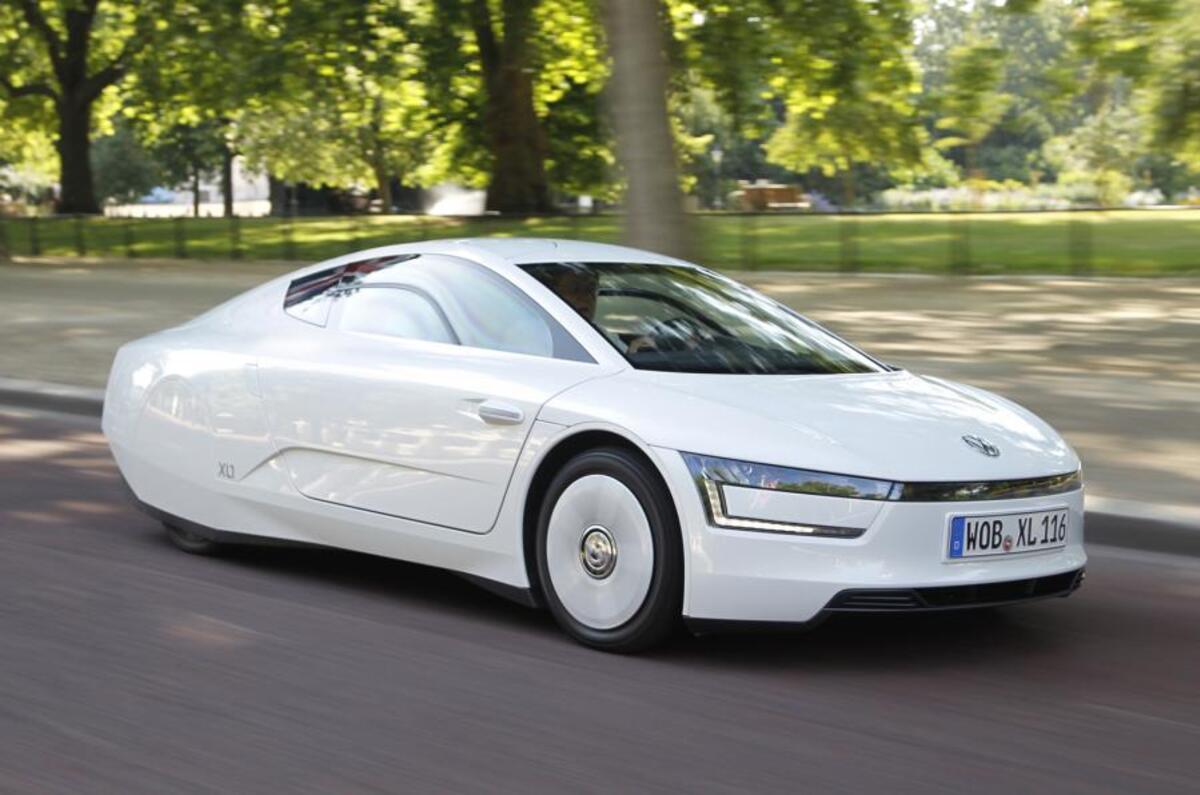The Smart ED probably takes somewhat less energy to make than the Model 3, but if you're comparing efficiency day to day you need to look at energy usage and Wh/Mi or Wh/Km. The Model 3 is actually more energy efficient than the Smart EQ, which is the current electric Smart car for sale in the US. The Smart was found by the EPA to be 310 Wh/Mi and the Model 3 AWD LR to be 290 Wh/Mi.
Impact on the environment also depends on the fuel source for electricity. NE Canada gets a lot of power from hydroelectric, just like Oregon and Washington states. Wind and solar are also increasing share every year.
Back to Mazda's comparison, they made the deep flaw that most people make when comparing the energy efficiency of electrics to gas or diesel powered cars. They seem to assume that gas or diesel appears at the pump by the gasoline fairy and there is no energy footprint getting it into your tank while taking into account every small energy use getting the energy into your battery.
Oil only comes out of the ground under its own pressure in a few places and only in young oil fields. The vast majority of oil in the world needs to be pumped out of the ground and a large percentage of oil produced today needs some kind of energy put down into the reservoir to get it out. A common method used today to get North American oil is pumping steam down into the reservoir to heat the oil and make it flow. Most of the North American oil is heavy stuff that takes more work to get out of the ground as well as refining.
The oil companies are actually fairly smart about steam injection. They have been doing it in California the longest and what they do is burn produced natural gas to heat water produced with the oil, then run the steam through a turbine to produce electricity which runs the pumps to inject the steam back into the earth and run the pumps that pump out the oil. They usually have some electricity left over to put on the grid.
It is in some ways a "freebie" energy-wise, but they are still consuming the energy to produce the oil. If there is not enough gas or water coming up with the oil, they need to get one or both from somewhere else.
After the oil is produced, it needs to be transported to the refinery. Light sweet crude will flow on its own with only some pumps, but that is very uncommon in North America and most oil is heavy oil which needs heated pipe lines to make the oil flow. That energy has to come from somewhere.
Once the oil gets to the refinery, more energy has to be put in to make it into a usable fuel. Again light sweet crude is the easiest to refine, but that's not common these days. Heavy crude needs to be put through a catalytic cracker which breaks the long carbon chains (tar) down into smaller chains used for liquid fuels like gasoline and diesel. Finding the electricity required to refine gasoline is not easy to find. The oil industry doesn't want you to know that refining gasoline takes electricity. But a couple of years ago I dug out estimates. Light sweet crude requires about 8 KWh/gal to refine and the heavy stuff that is most of what we're refining today takes about 16KWh/gal to refine.
If you take just the electricity needed to refine one gallon of light sweet crude and charge a Model S with it instead, you'll get about 25 miles of range out of the Model S. If you use the electricity needed to refine heavy crude, you're getting around 50 miles of range.
Just from the power station to refined fuel a 50 MPG gasoline car has the same energy foot print as a Model S. And that doesn't count the energy needed to get the oil to the refinery or the energy needed to transport the refined fuel from the refinery to the gas station.
The Model S is 70-90% efficient "burning" its fuel, but the gasoline or diesel vehicle is lucky to be 25% efficient.
I haven't even touched on the energy budget required to find and bring the oil well online in the first place. For something like offshore oil, the oil may be better quality than what's available onshore, but the costs in money and energy are much higher.
If you really compare the energy budgets from original source to turning wheels on the car, fueling an electric vehicle with electricity from coal is more energy efficient than any ICE car. And coal is as bad as it gets. The grid's energy sources are better today than they were 10 years ago and constantly improving. The quality of oil is declining which requires more energy to turn into usable fuel. We aren't really running out of oil, but we are just about out of the cheap, easy to produce and refine oil.
A few months ago I had this argument with my sister who is a petroleum Geologist. She knew all the steps in getting from the ground into the tank, but hadn't really thought about the energy budget until I pointed out the energy consumed in each step. When I did she dropped the argument.



